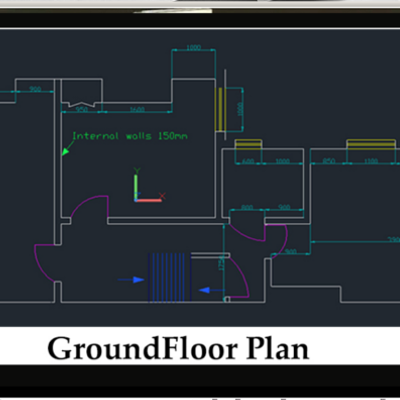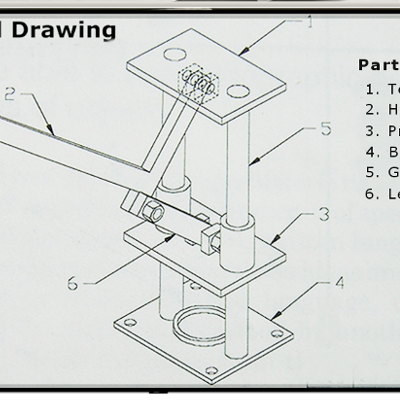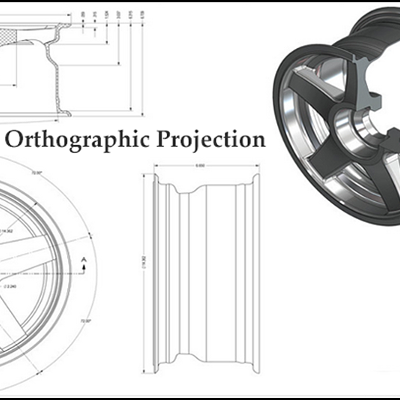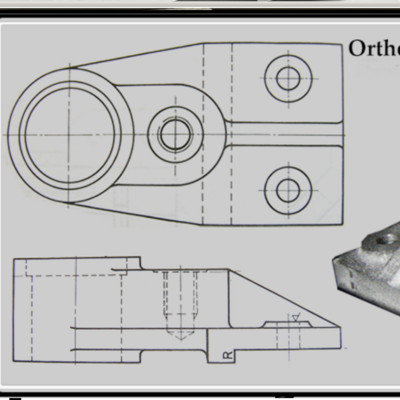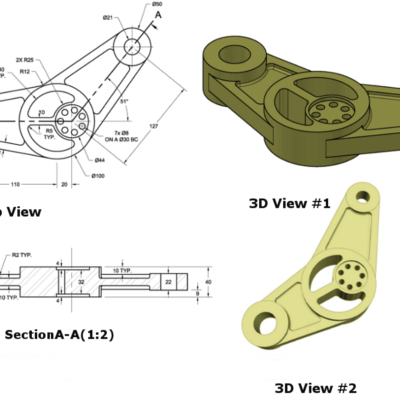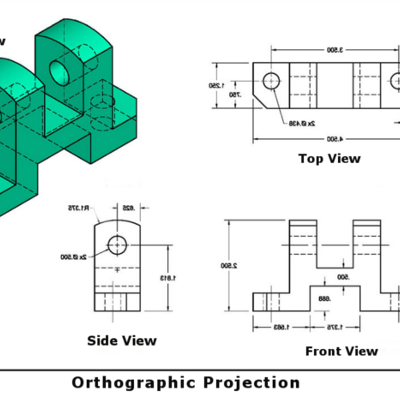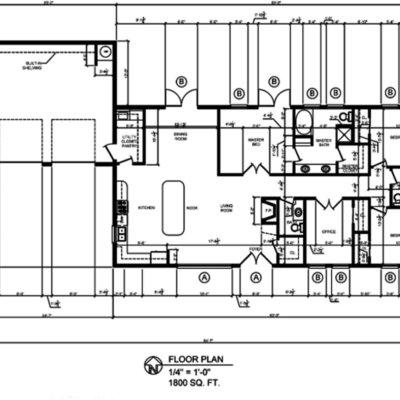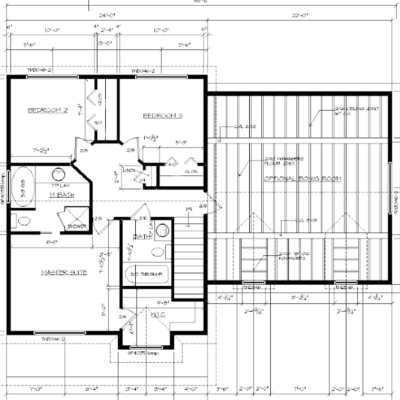CAD
Computer Aided Design
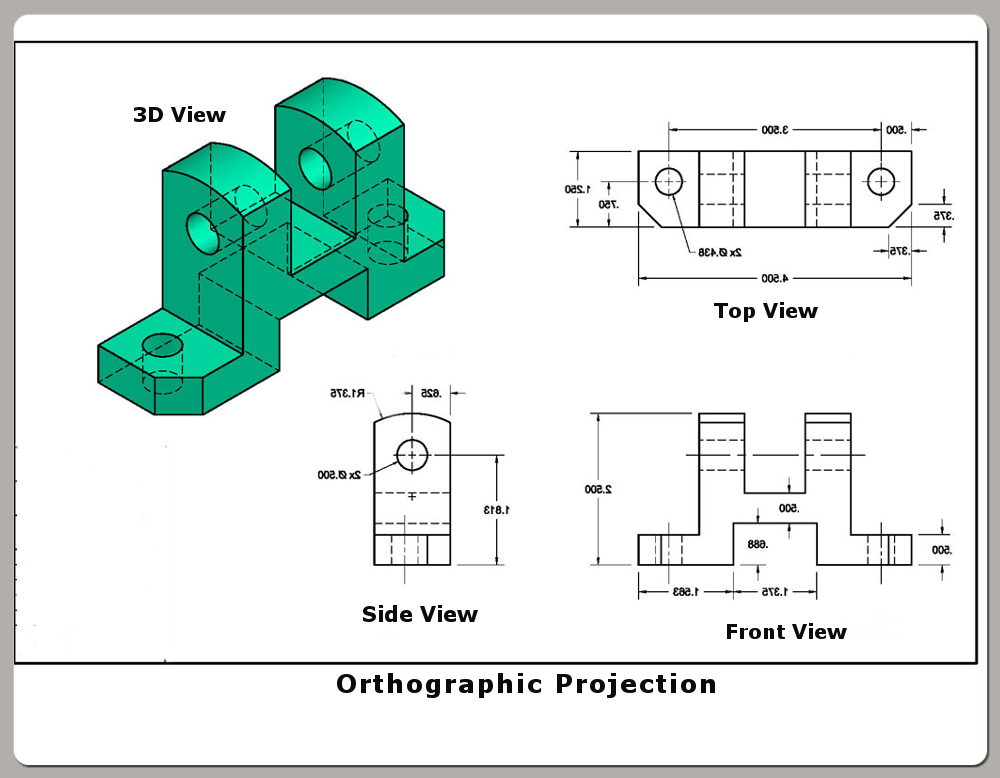
Basic Engineering Drawing Concepts
Engineering Drawings
Like a picture, "an engineering drawing is worth over a million words". It is a communication language engineers, designers and technicians can not do without. To paraphrase it, virtually nothing can be produced or manufactured without them. Thus, it should come as no surprise that a lot of effort and money has been spent by multinational corporations to develop and design software applications to facilitate this endeavour ( Pro/ENGINEER, CATIA, Siemens NX, SolidWorks, Auto-cad to name but a few) .
The myriad of cad programs in the market today is testimony of the advantages attained in using electronic tools over manual drawing. If the advantages were to be enumerated here, you will probably still be reading it come tomorrow. Suffice to say a "Drawing Board and T-Square" in today's electronic world is akin to two courier businesses where, one uses bicycles (manual drafting) and the other (the cad user) utilising top BMW 850cc-motorbikes. No contest really. The above analogy slightly understated we hope illustrate the advantages of using CAD. However, if you are the bicycle courier with an aversion to motor-bike (pun intended) all is not lost. We are here to help you compete on a level playing field without incurring the overhead cost involve (software, hardware, human resources - the lot).
Cad systems in the main come in various flavour. Some are intended for general drawing work while others will focus on specific engineering applications. Thus, there are programs that enable you to do 2D drawings, 3D drawings, renderings, shadings, engineering calculations, space planning, structural design, piping layouts, plant design, project management etc.
Today AutoCAD (a product of Auto-desk) is generally recognised as the industry standard cad application with the capability to fulfil every drawing needs. However, as most engineers and designers will attest, sophisticated software will never be a substitute for creativity and original ideas. We have considerable experience and expertise in using this application in both 2D and 3D environments respectively. Coupled with engineering expertise we are in a position to help you concentrate on your core business while we handle all your drawing needs. This in general, will range from orthographic, isometric, detailed and assembly drawings to 3D models. Specialized and bespoke drawing services are also undertaken (i.e."reverse engineering" and the transfer of hard copy drawings to electronic format). Our CAD operators are experienced in the latest Auto-desk products to provide quality services and support.
Our Services In CAD
Mechanical - Architectural - Electrical
We used Auto-cad extensively for Mechanical, Architectural (building construction) and Electrical Engineering projects respectively. We are conversant with all the ISO related standards. Thus if you are a small or medium size enterprise in any of the above professions, we can be a far more cost effective solution to look at. While you concentrate on your core deliverables we can handle the technical drawing aspect of your projects. Especially in situations were the aforementioned need to be verified by an authorised body - local authorities or a professional body.
